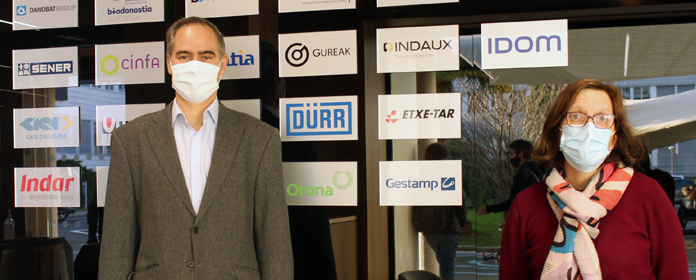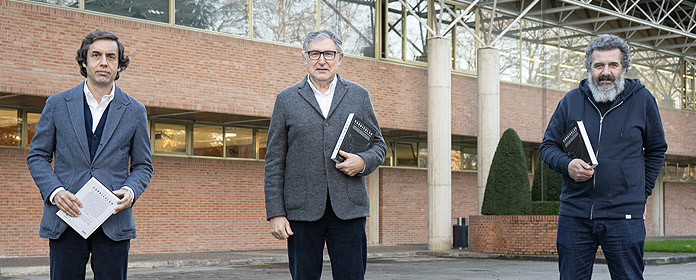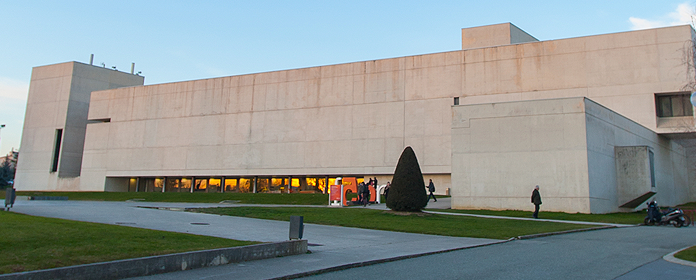"10% of women suffer from anemia, the second most widespread nutritional disease."
Santiago Navas, researcher of the School of Pharmacy of the University of Navarra, was one of the speakers at the conference of Applied Nutrition.
"Iron deficiency anemia, or anemia caused by iron deficiency, affects 10% of women in developed countries, while this figure is multiplied by 4 in developing countries development. It is therefore the second most widespread nutritional disease after obesity". This was stated today by Santiago Navas, researcher of the School of Pharmacy of the University of Navarra, at the XV conference of Applied Nutrition organized by the academic center.
This ailment, as the expert recalled, is suffered by several risk groups. "Mainly, young women and children. In the case of young women, iron deficiency can affect up to 33% of the population," he stressed.
He also stated that the origin of the problem can be found in several factors: genetic, lifestyle and dietary. "In this sense, food will play a fundamental role in prevention, once we know the regulatory mechanisms and dietary components that condition iron absorption; and we identify the food compounds that favor the availability of this nutrient and allow us to improve iron deposits in our organism".
Meat and vegetables combined with vegetables
Although anemia can have many causes, the expert from the University of Navarra recommended eating foods rich in iron combined with others that enhance the absorption of this mineral, "such as meats and legumes combined with products rich in vitamin C, such as peppers". As for foods that reduce the absorption of iron, he pointed out some vegetables and drinks such as coffee or tea: "In this case the recommendation is not to avoid their consumption but to do so in meals where iron intake is lower, such as lunch or snacks".
The meeting, which was attended by more than 40 graduates and students, is a complement to the distance training offered by School of Pharmacy, recognized with 4.49 credits for physicians, pharmacists and dietitians-nutritionists.
With this goal 7 workshops and seminars were organized on anthropometry and body composition, preparation of diets, energy metabolism, evaluation Biochemistry of nutritional status, computer tools in nutrition, artificial nutrition and iron deficiency anemia. position The inaugural lecture was given by Enrique Sueiro, PhD in Biomedical Communication, under the title degree scroll "Digestible communication for indigestible messages".
Interview with researcher Santiago Navas on 98.3 Radio:




